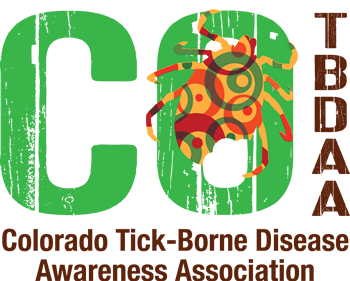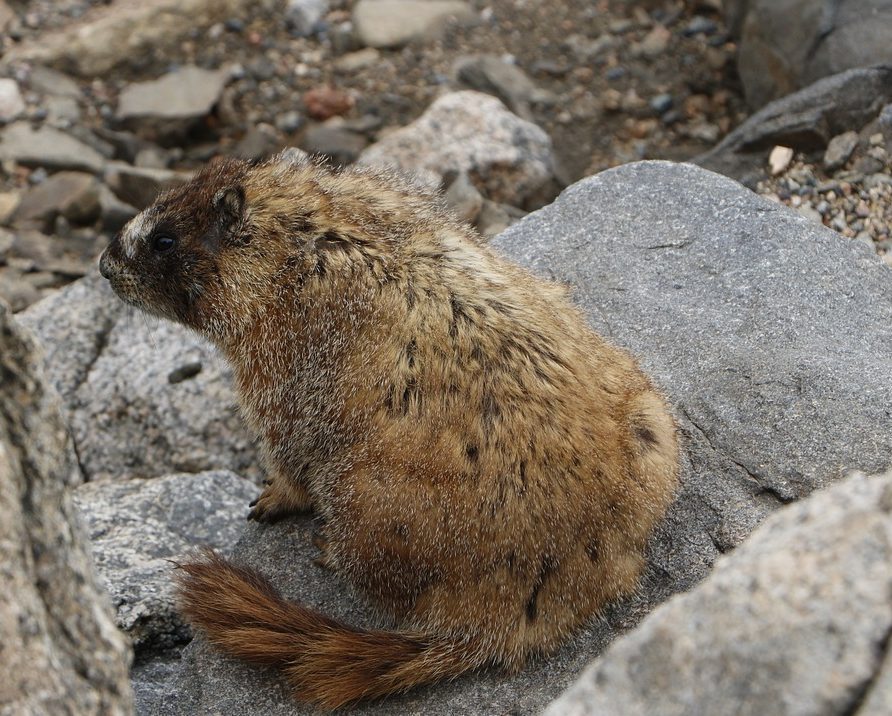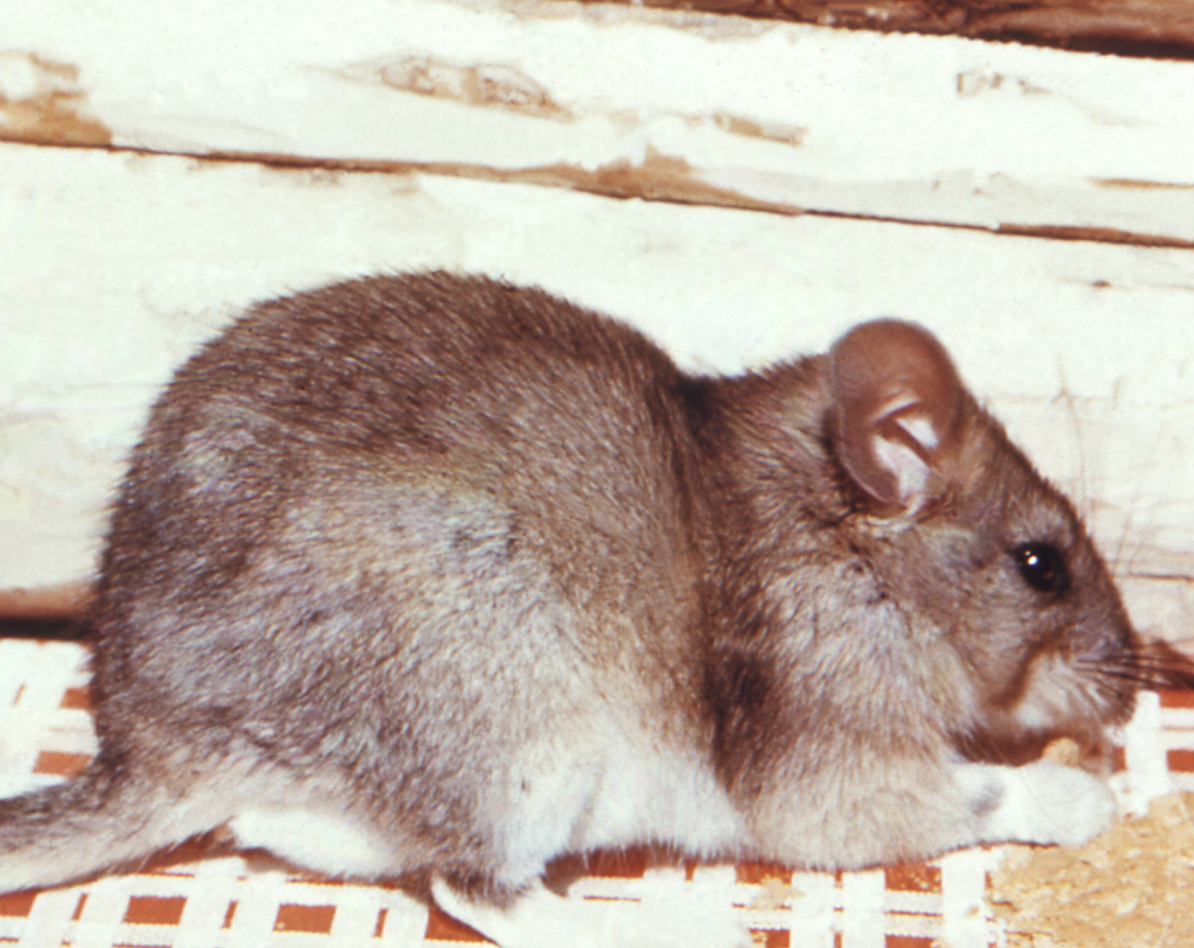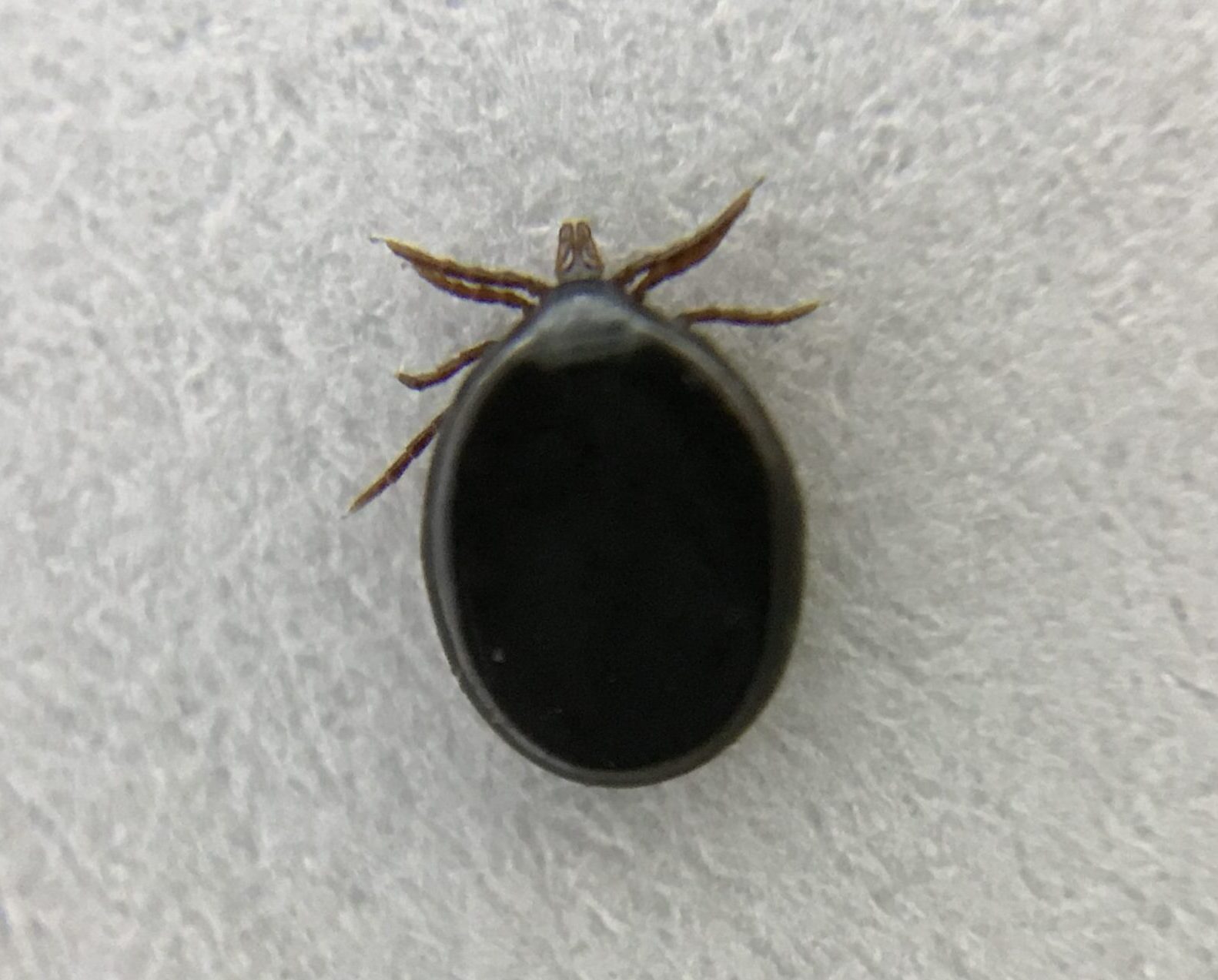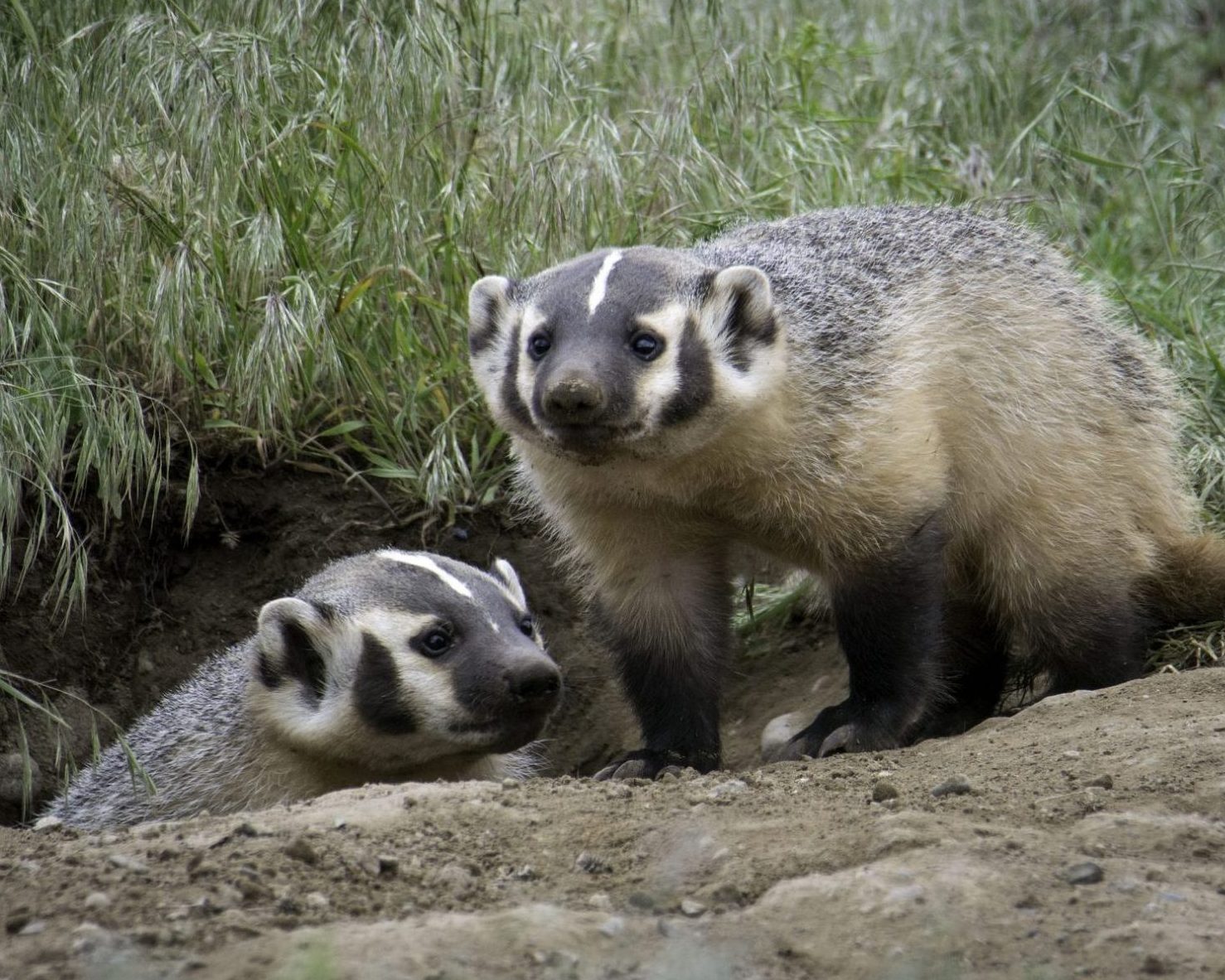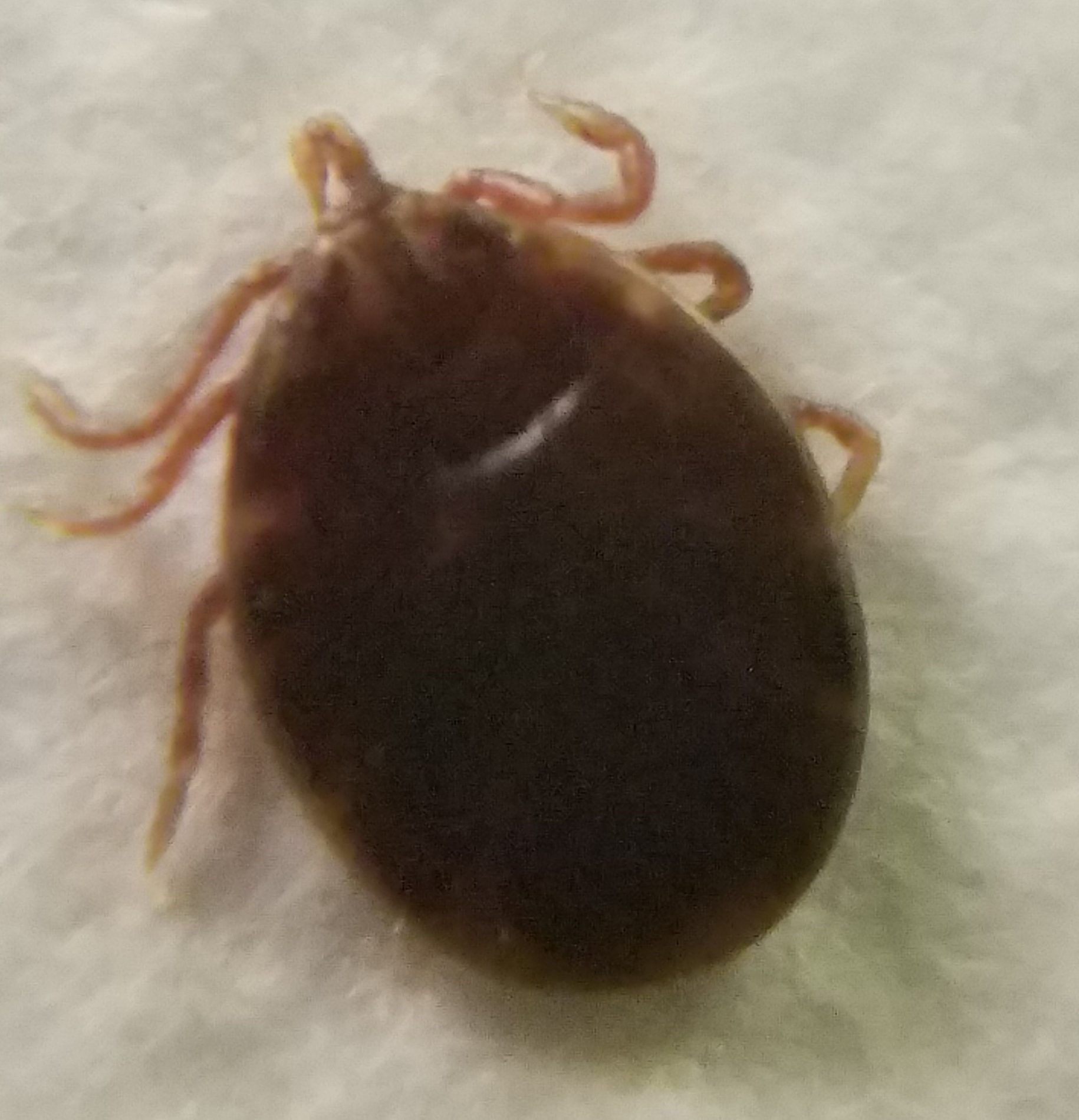Ixodes soricis
[vc_row][vc_column width="2/3"][vc_column_text] Ixodes soricis Distribution This tick occurs in AZ, CA, CO, NM, OR, UT, and WA in the United States; in Canada, British Columbia. Hosts This tick is primarily an ectoparasite of shrews, including at least eight species of Sorex. It also parasitizes other insectivores, such as the broad-footed mole; Townsend’s mole; the shrew mole; and some rodents, such as the northern pocket gopher; graytailed vole; Townsend’s vole; and North American deermouse. There is also a record of it biting a human. Vector Status No reports of medical or veterinary importance for this species has been found to date. Resources H Joel Hutcheson, James W Mertins, Boris C Kondratieff, Monica M White, Ticks and Tick-Borne Diseases of Colorado, Including New State Records for Argas radiatus (Ixodida: Argasidae) and Ixodes brunneus (Ixodida: Ixodidae), Journal of Medical Entomology, , tjaa232, https://doi.org/10.1093/jme/tjaa232[/vc_column_text][/vc_column][vc_column width="1/3"][vc_single_image...
